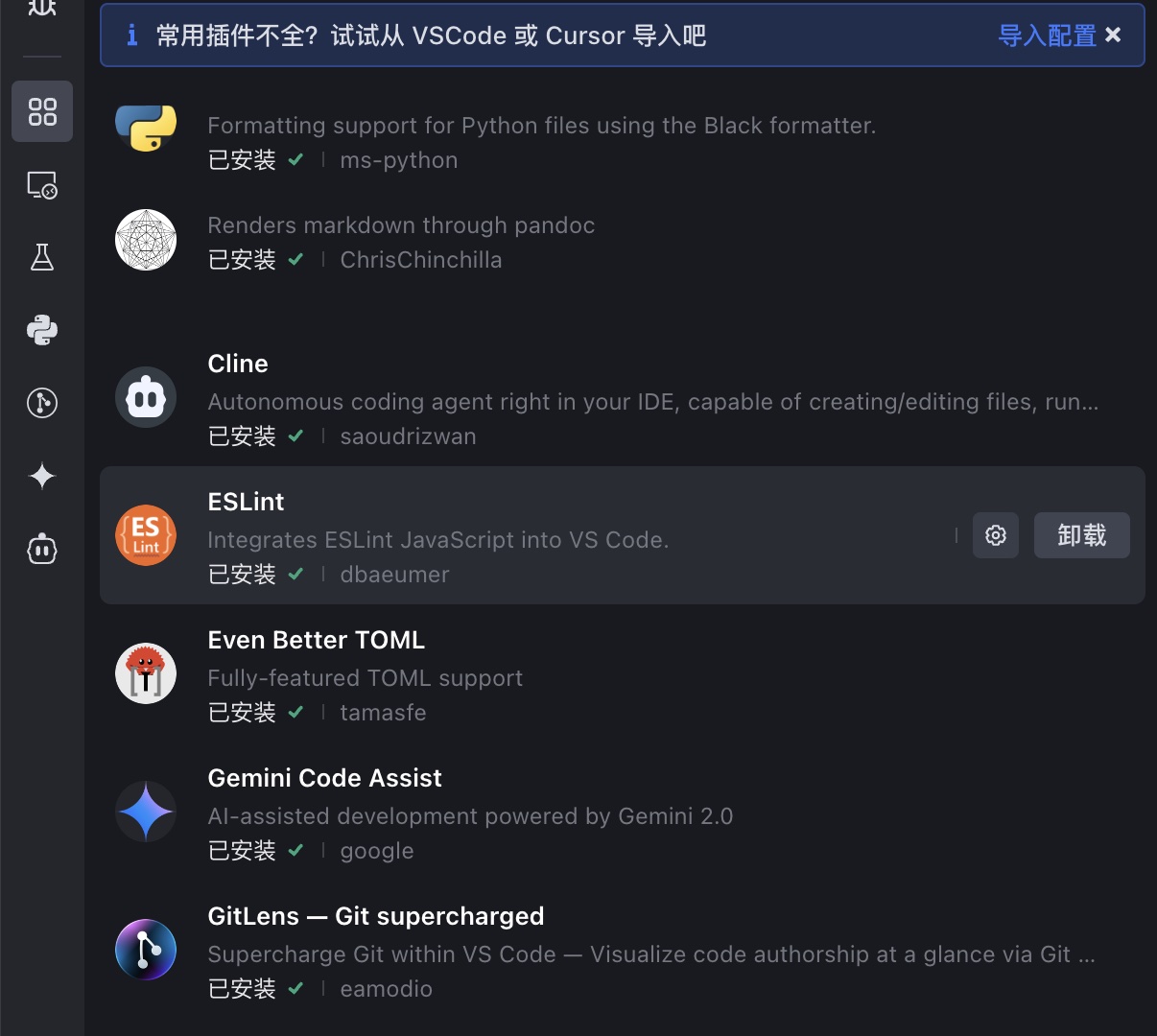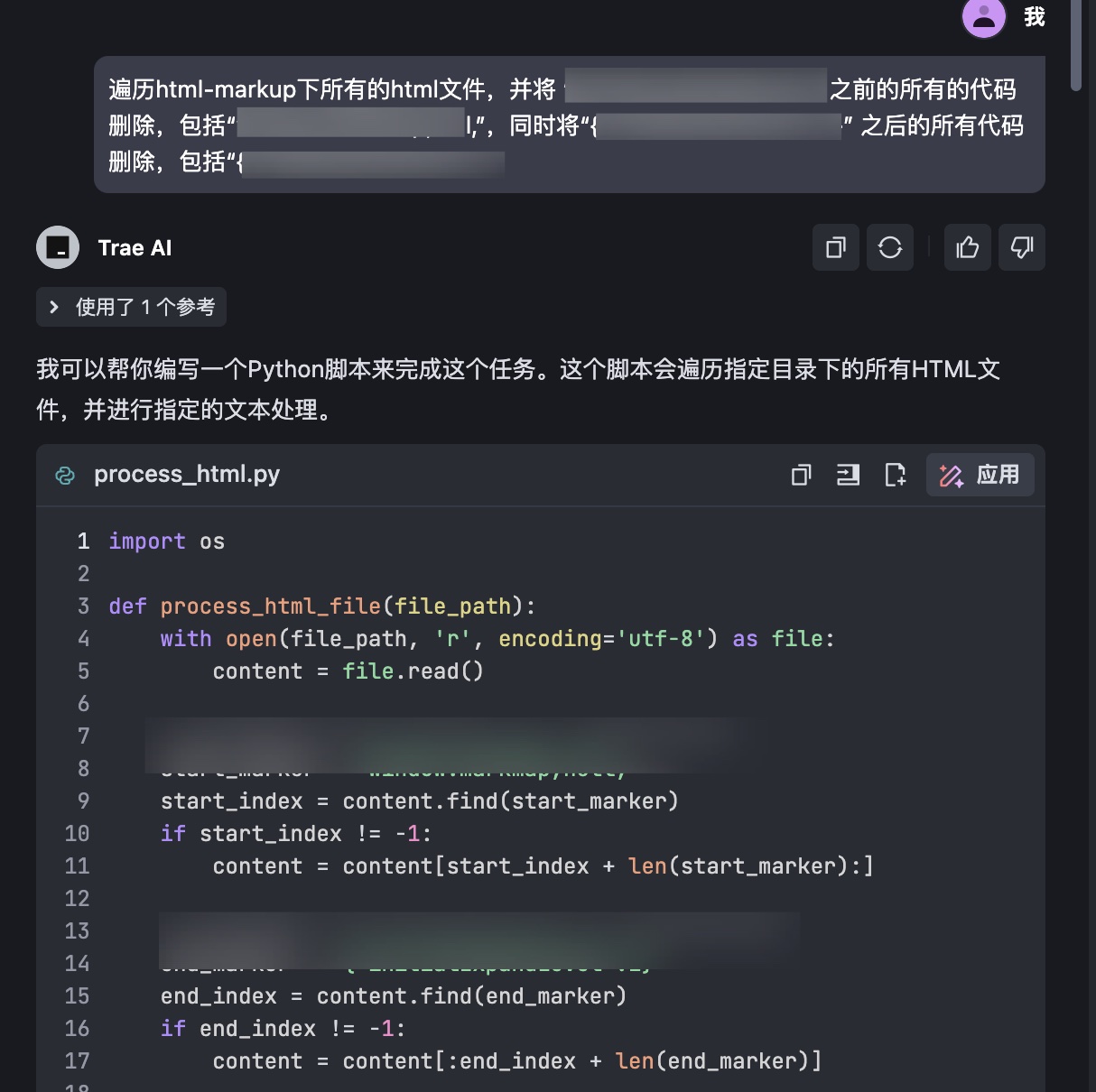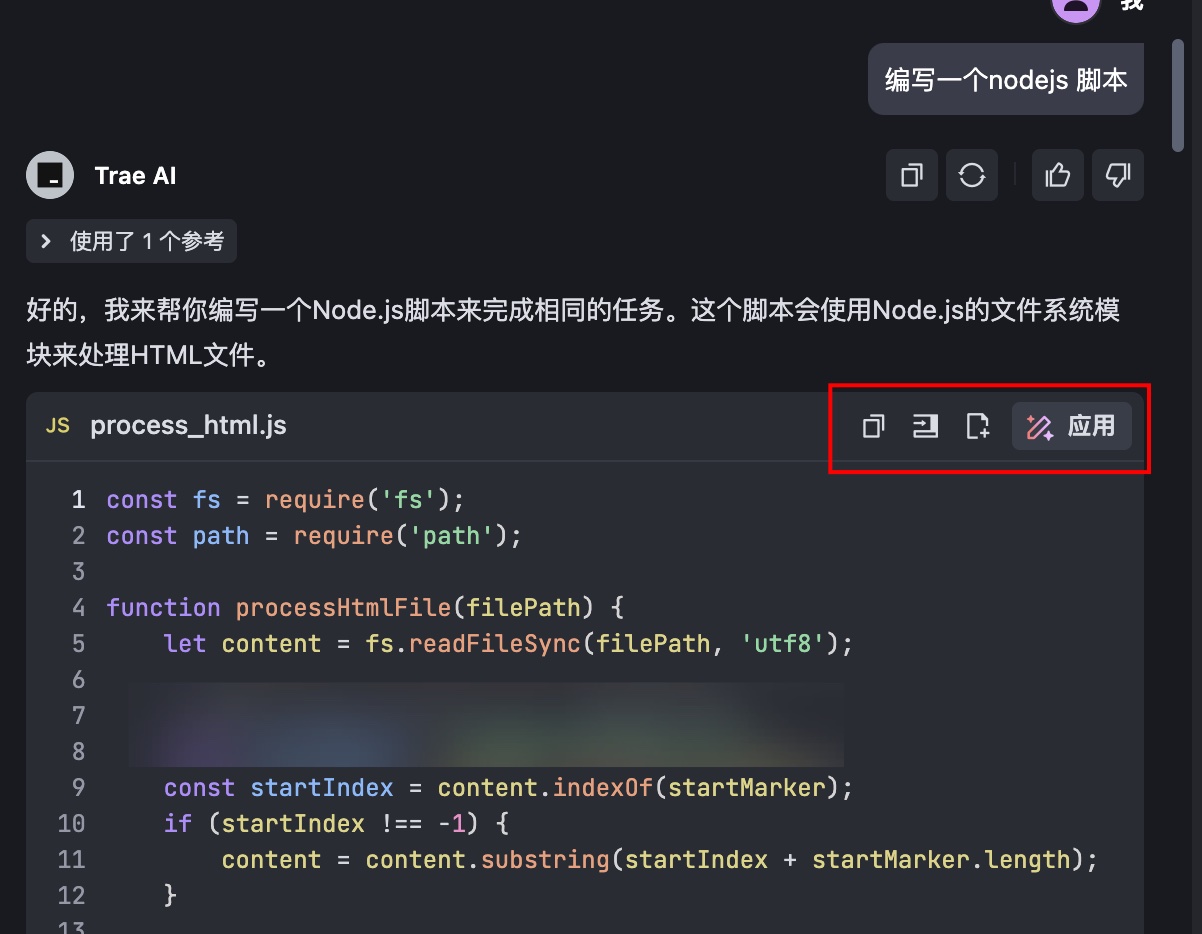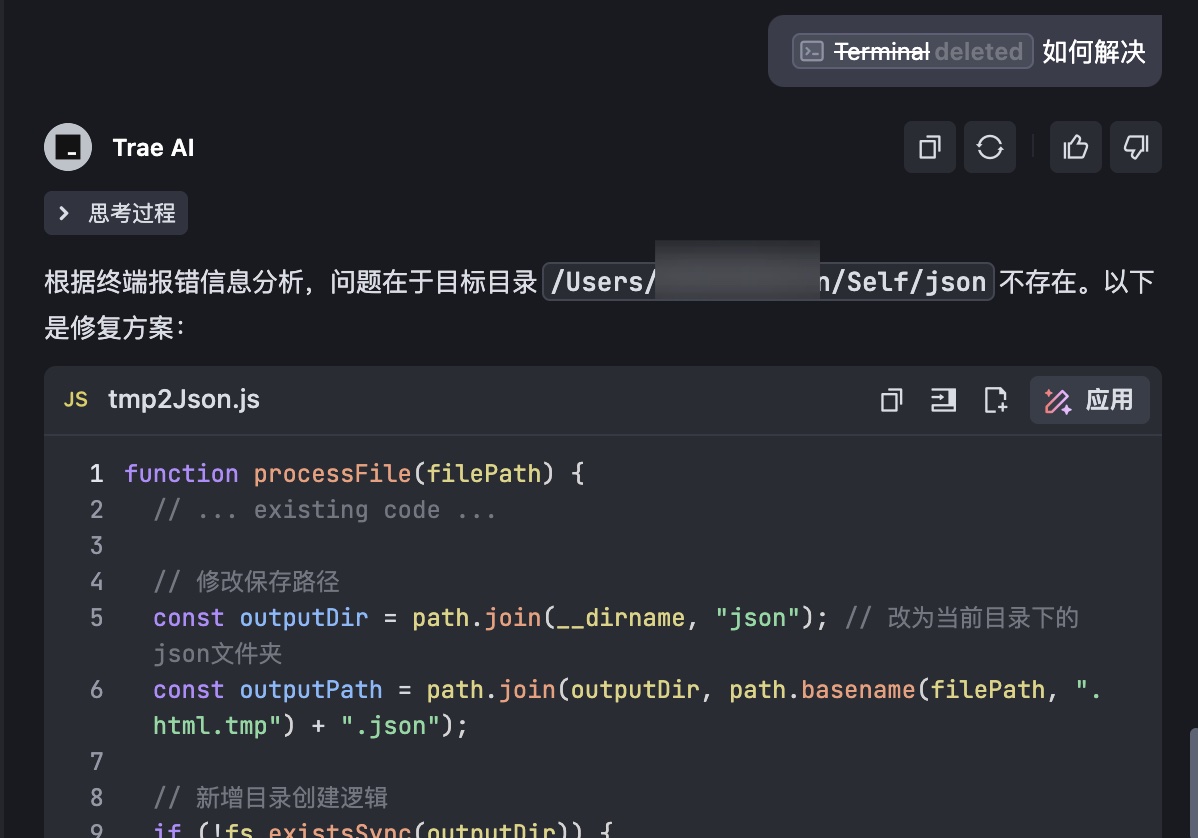In a previous article, I introduced a streamlined workflow using DeepSeek + QGIS (Beyond the Hype: Practical Integration of DeepSeek in GIS Workflows). It's undeniable that large language models like ChatGPT and DeepSeek are profoundly transforming the GIS industry. Recently, the domestic AI editor Trae officially launched. After testing it, I'm convinced this tool is essential—it significantly accelerates workflows for both GIS development and data processing!
What is Trae?
If you're unfamiliar with Trae, you might recognize Cursor; if not Cursor, perhaps Windsurf? If those don't ring a bell, have you encountered Cline, CodeGPT, v0, Bolt.new, Tongyi Lingma, or Douban MarsCode? If none sound familiar, it's time to catch up with AI advancements.
Simply put, Trae is a competitor to Cursor—the pioneering AI editor that redefined coding. Unlike autocomplete plugins (e.g., GitHub Copilot), AI IDEs like Trae and Cursor enable comprehensive code modification, refactoring, documentation, and commenting. They support multi-model integration, provide repository-wide intelligence, debug in real-time, and offer interactive AI conversations like DeepSeek.
While I previously used Cursor, its unstable performance in China limited my recommendations. But with DeepSeek's open-source release and localized optimizations, ByteDance's Trae delivers exceptional quality—highly recommended!

Quick Start Guide
How does it work? After installation, note that Trae (like Cursor) is a VS Code derivative. You can import existing VS Code extensions—even Vim plugins work flawlessly.

Open a project, then state your requirements. For example, while scraping data, I requested:

It generated Python code instantly—no manual regex needed. For a tougher challenge, I switched to NodeJS:

Flawless NodeJS code appeared. Import it directly (red frame), run it—tasks that previously took half a day now require under 30 minutes. If errors occur? Unlike traditional debugging (copy-pasting errors into search engines), select the error and add it to the conversation:

Solutions emerge instantly:

ByteDance's China-optimized network ensures smooth responsiveness. Confused by code? Select it for explanation:

It interprets functions like a senior developer during pair programming. From data processing to Leaflet/Cesium development—adding click events or loading data becomes a one-line command.
Key Highlights
Trae's Alpha-stage Builder mode decomposes tasks into development roadmaps via natural language:

Request a NodeJS backend for GeoJSON storage? It creates step-by-step instructions—small projects materialize with one sentence.
The China version offers three free models, sufficient for most needs. Beginners can adopt it immediately.
Closing Thoughts
As I write, domestic AI Agent products like manus.ai are trending—even sold on Xianyu. In this AI tsunami, falling behind means drowning in new jargon and tools. Does this anxiety resonate? Of course—especially in an uncertain job market. But fear solves nothing: adapt or specialize in human-centric roles. After all, even the smartest AI can't predict fish head direction... (Joking—I'm from Shandong!)
